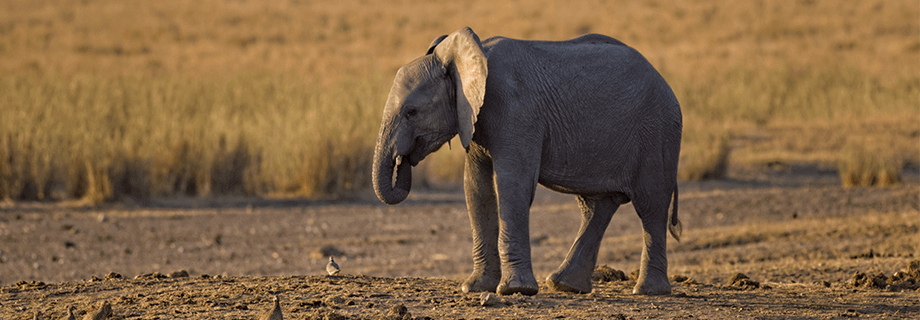Saving Elephants with Extruders

In Africa, poaching wild animals has become like the drugs trade – ruthless, heavily armed, highly organized. 2011 broke the record of illegal ivory seized worldwide: 38.8 tons, or the tusks of 4,000 dead elephants. It is not unusual for wardens to find 10 or 20 dead elephants after a raid, their faces hacked open to remove the tusks.
China is the epicenter of this trafficking. Last year, 150 Chinese citizens were arrested across Africa for smuggling ivory. Conservation experts say the Chinese are arming the poachers with sophisticated weaponry and managing the smuggling routes.
In Zambia, a group called COMACO is working hard to stop poaching.
“I used to kill 35 hippos and more than 40 buffaloes a year,” says one reformed poacher. “As for duiker, it was like chicken – I killed one almost every day. If I wanted to buy sneakers, I would just go into the bush and kill a buffalo.”
COMACO means Community Markets for Conservation. It is a wildlife conservation group. The group helps poachers to change their lives, hand in their weapons and snares, and become farmers. This year alone, COMACO has collected 1,800 guns and 70,000 snares. Of the 1,300 poachers who have become farmers, less than 80 have returned to poaching.
COMACO buys maize and soybeans and other farm products from these farmers. Rice, flour, honey and other foods are packaged and sold under COMACO’s “It’s Wild” brand. In November, COMACO launched “It’s Wild” breakfast cereal, made with rice, maize, and soybeans, grown by COMACO farmers and fortified with vitamins and minerals. COMACO uses an Insta-Pro extruder to process these raw cereals into a nutritious and appetizing crunchy breakfast cereal.
‘Adding value’ takes on new meaning with this product. Extrusion technology enables COMACO to blend three cereals into an appealing, ready-to-eat food that is sold in supermarkets and stores across the country. The eye-catching packages explain how poachers are helped to abandon a dangerous and destructive lifestyle for a new way of life that is sustainable and constructive for themselves and their families. Communities win, consumers win, wildlife wins.



